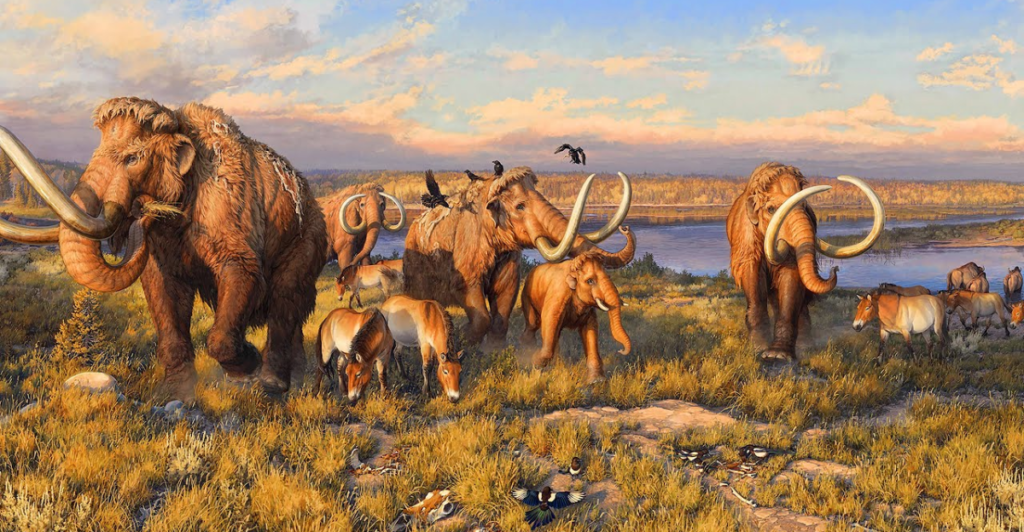
Approximately 50,000 years ago, North America was home to various megafauna, including mammoths, mastodons, and giant ground sloths. These colossal creatures roamed vast landscapes, playing crucial roles in their ecosystems. However, many of these giants had vanished by the end of the Pleistocene epoch. Understanding the factors that led to their extinction provides insights into past ecological changes and informs current conservation efforts.
The Overkill Hypothesis
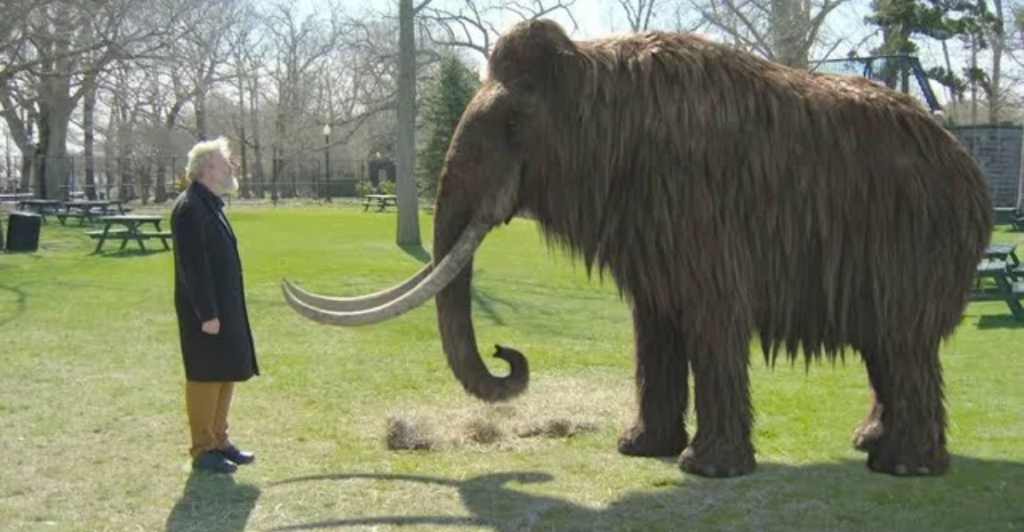
One prominent theory is the overkill hypothesis, proposed by Paul S. Martin in 1966. This suggests that newly arrived human populations hunted megafauna to extinction. Evidence indicates that as humans spread across continents, there was a corresponding decline in large mammal populations, implying a significant human impact.
Climate Change Factors

Another perspective attributes these extinctions to climate change. The transition from the Last Glacial Maximum to warmer conditions altered habitats, leading to the decline of species unable to adapt to rapid environmental shifts. Changes in vegetation and water sources would have significantly impacted megafauna survival.
The Role of Disease

Some researchers propose that diseases, possibly introduced by humans or other migrating species, contributed to megafauna declines. Pathogens could have spread rapidly among populations lacking immunity, leading to widespread mortality. While this theory is less supported than others, it remains a potential factor in the complex extinction scenario.
Human-Megafauna Interactions
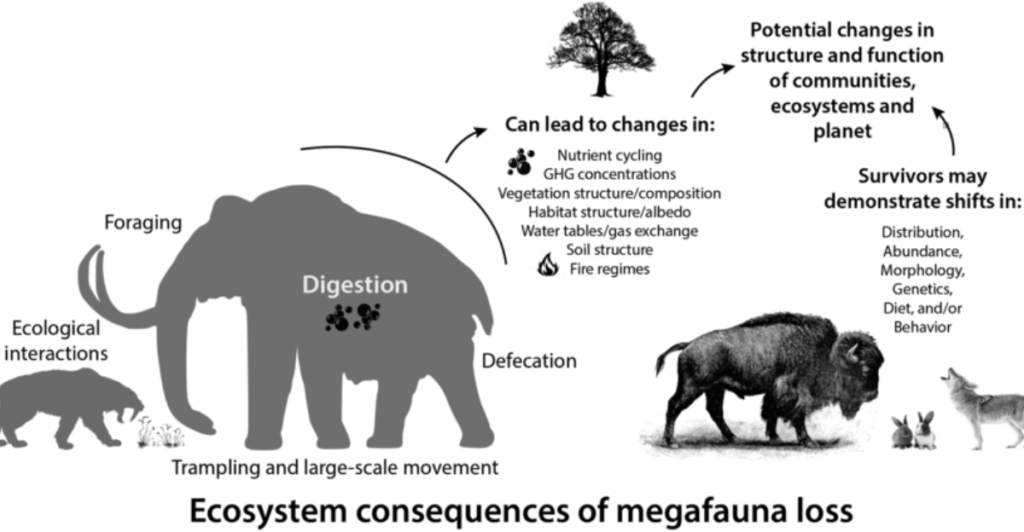
Recent studies suggest that humans and megafauna coexisted for extended periods. Evidence from archaeological sites indicates that early humans hunted large mammals like mammoths and mastodons but adapted their diets to include smaller animals and plant resources as megafauna populations dwindled.
The Blitzkrieg Model

The blitzkrieg model is an extension of the overkill hypothesis, which posits that humans’ rapid and overwhelming hunting strategy led to swift megafauna extinctions. This model suggests that human hunters equipped with advanced tools could have decimated large animal populations relatively quickly.
Environmental Changes and Habitat Loss

Beyond climate warming, the end of the Ice Age brought significant environmental transformations. Melting glaciers reshaped landscapes, and rising sea levels reduced habitable areas. These changes fragmented habitats, making it challenging for large species to find sufficient food and territory, contributing to their decline.
The Younger Dryas Impact Hypothesis
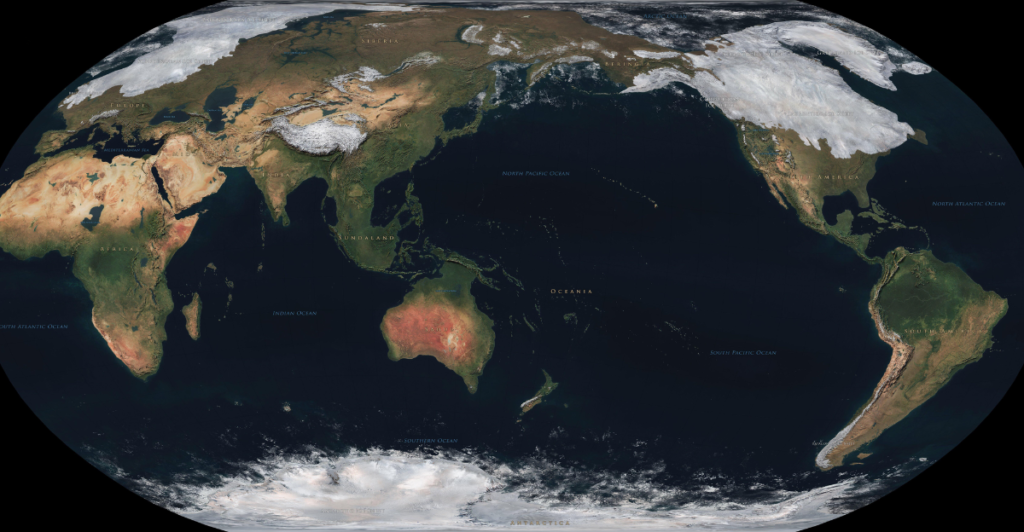
Some scientists propose that a cosmic impact event around 12,800 years ago, known as the Younger Dryas impact hypothesis, caused sudden cooling and environmental stress, contributing to megafauna extinctions. However, this theory is debated, and evidence remains inconclusive.
The Role of Fire in Ecosystem Changes
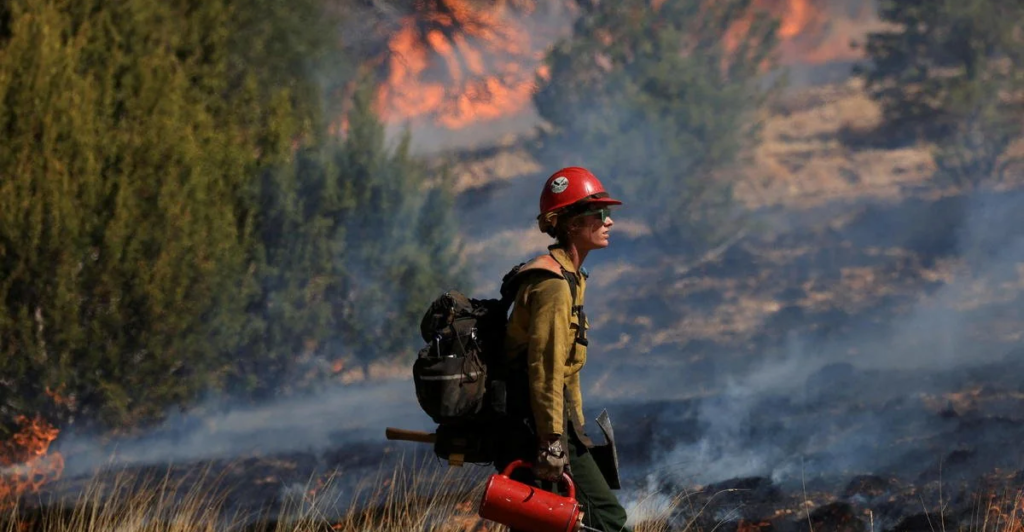
Research indicates that human activities and climate-induced aridity increased fire frequency in certain regions. These fires could have transformed ecosystems, reducing forage availability for large herbivores and contributing to their decline.
The Mammoth’s Decline
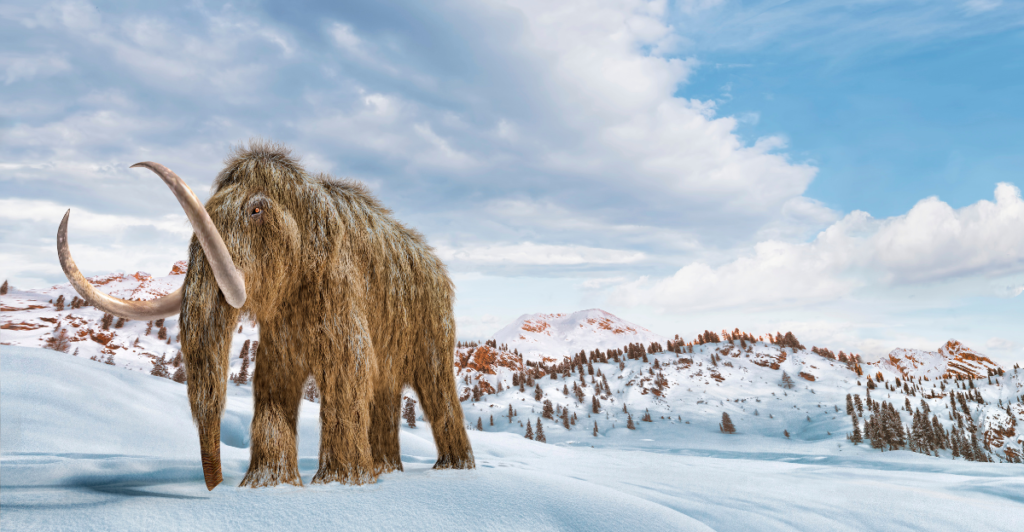
Mammoths, iconic symbols of the Ice Age, faced multiple pressures leading to their extinction. Human hunting, habitat loss due to climate change, and possibly disease all played roles. Studies of mammoth remains show evidence of human hunting, while climatic data indicates shrinking habitats.
Alternative Theories and Ongoing Debates

While overkill and climate change are leading theories, alternative explanations like disease outbreaks and extraterrestrial impacts have been proposed. The scientific community continues to debate these ideas, emphasizing the need for interdisciplinary research to understand the causes of megafauna extinctions fully.
Implications for Modern Conservation

Studying past extinctions offers valuable lessons for current conservation efforts. Understanding how human activities and environmental changes contributed to past species declines can inform strategies to protect today’s endangered species and prevent future extinctions.
A Multifaceted Extinction Event
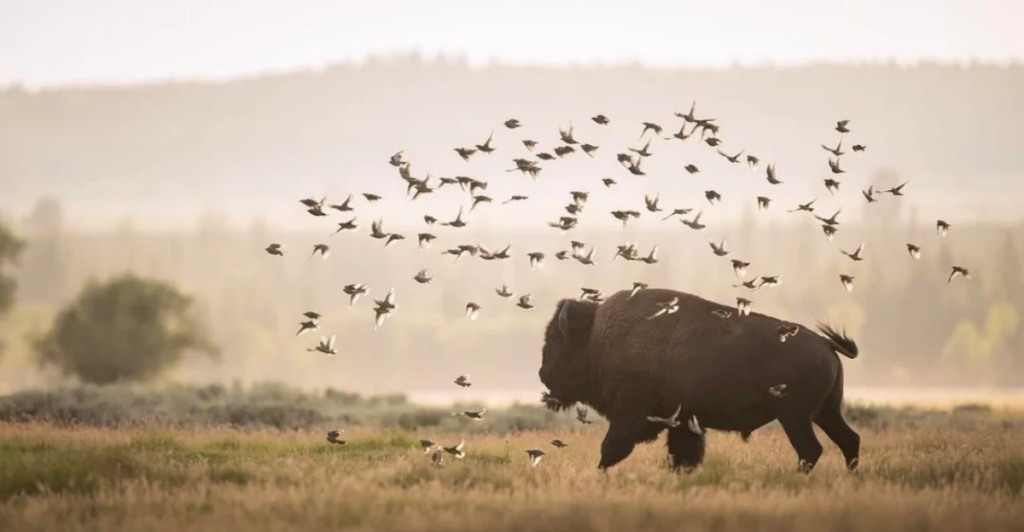
The disappearance of North America’s megafauna was likely due to a combination of factors, including human hunting, climate change, habitat loss, and possibly disease. This complex interplay underscores the importance of considering multiple perspectives when studying past extinctions and highlights the need for comprehensive approaches in current conservation practices.
Discover more of our trending stories and follow us to keep them appearing in your feed

California Is Breaking Apart: A Fault Line Is Forming Faster Than Anyone Predicted
The War on Cows Is Over—And Green Extremists Have Lost
Scientists Are Bringing Back The Wooly Mammoth
Meet the Massive Crocodiles That Make Their Homes 40 Feet Underground
References:
Reference 1
Reference 2
Reference 3
This article first appeared here
Stay connected with us for more stories like this! Follow us to get the latest updates or hit the Follow button at the top of this article, and let us know what you think by leaving your feedback below. We’d love to hear from you!







